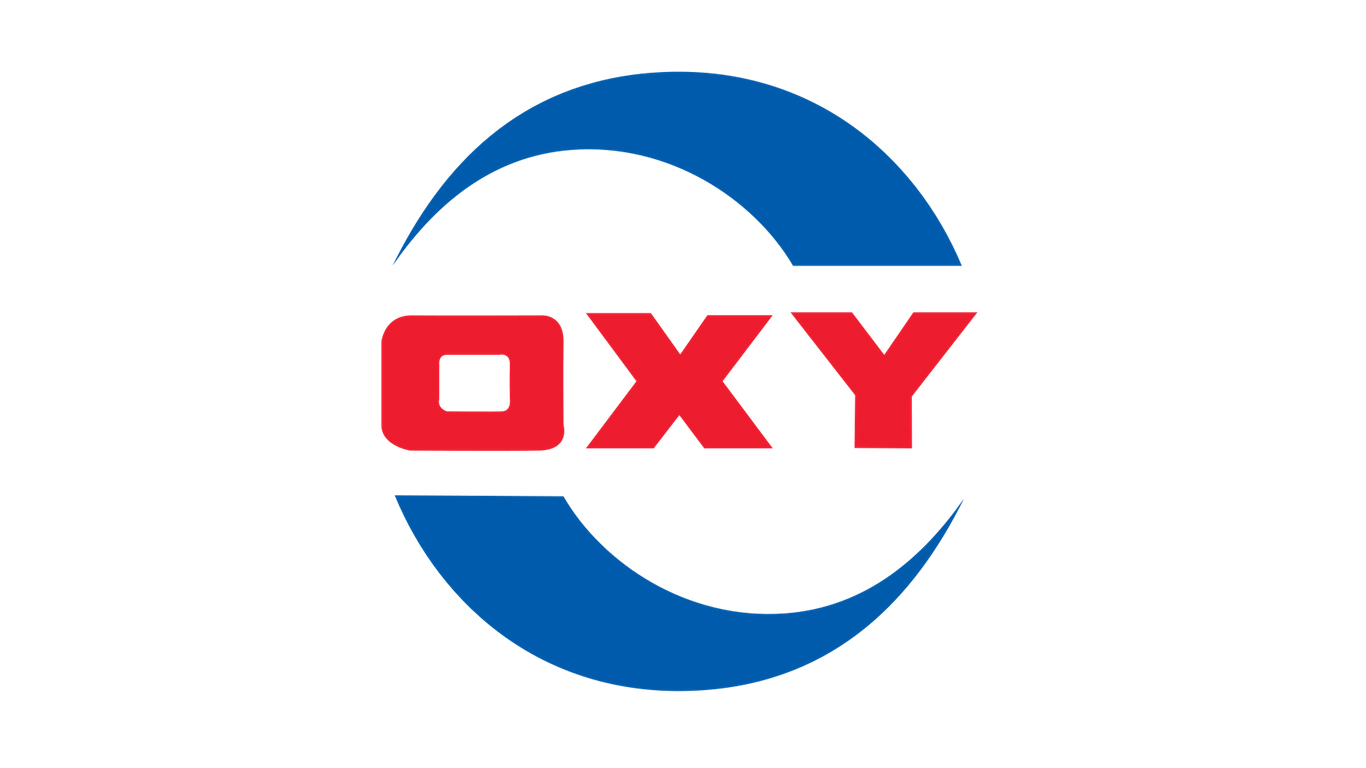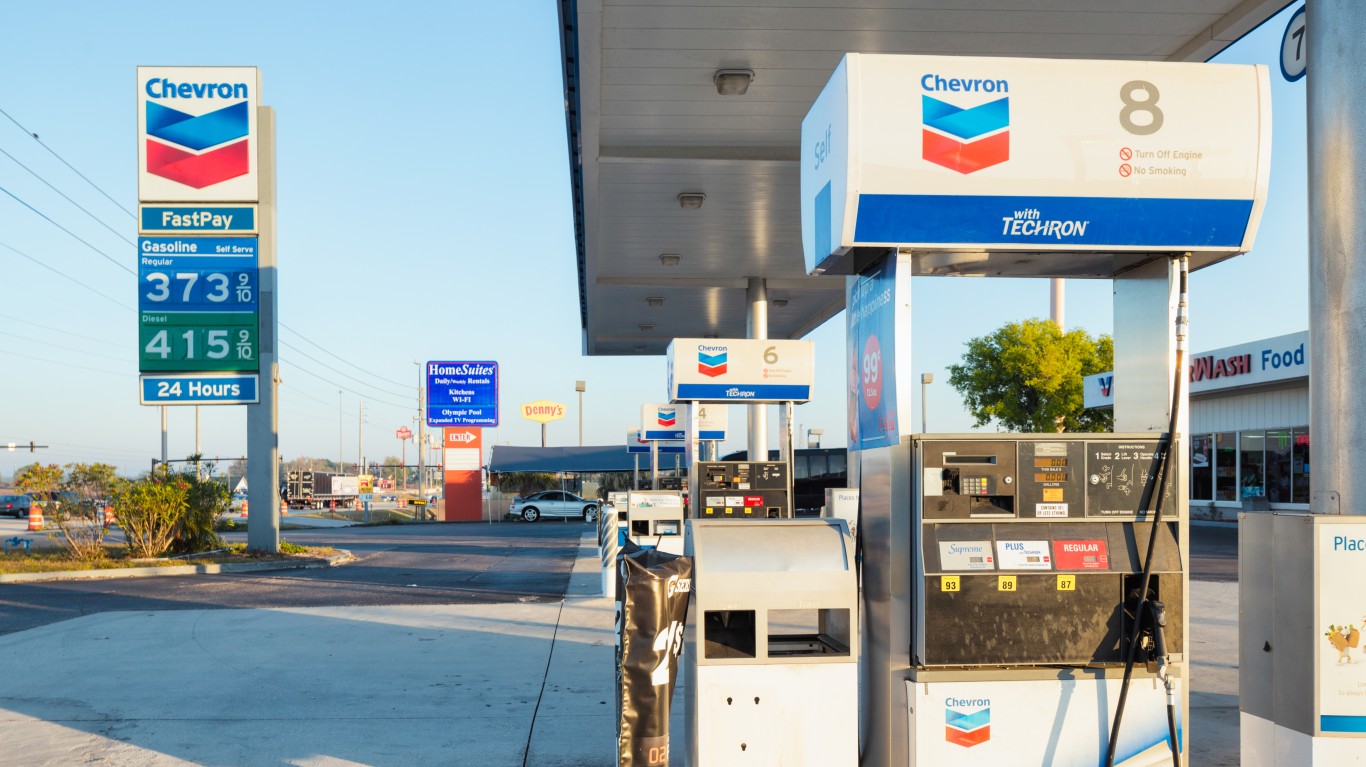Investing
Energy Stocks Set to Surge: 3 Best Buys in November

Published:
Last Updated:

Energy stocks attract investors for a number of reasons. These companies provide obvious diversification benefits, providing many portfolios that may be tech-heavy with some dividend-paying lower-beta stocks that can perform well during periods of volatility in higher-growth stocks. Indeed, owning a portfolio of equities that are not perfectly correlated is generally perceived to be a good thing, and I think energy stocks ought to fit into most investor portfolios for this reason and others.
Long-term investors have pointed to consistent energy demand growth as a key reason to own such stocks. But with renewable energy coming into the picture in a bigger way, the entire discussion around the energy complex has certainly become more arduous to dissect.
That said, there are some oil and gas stocks I’d consider to be better picks in this market than others. Here are three top buying opportunities in November among energy stocks I’m considering right now.

Occidental Petroleum (NYSE:OXY) is atop my list of top energy stocks to buy for one key reason – it remains a top pick of Warren Buffett, who has accumulated shares in the major U.S. oil and gas company for some time now. He’s still the company’s largest shareholder, and has continued to invest in the company due to its strong global presence in the Middle East and Latin America, as well as the company’s dominant market position in the Permian Basin.
The company’s recent $12 billion CrownRock acquisition expanded its Midland Basin assets, boosting breakeven inventory by 33% for prices below $40 per barrel. Production growth prospects remain positive, and I think this is a key reason why investors like Buffett have invested so aggressively in this name.
Notably, Occidental has also prioritized debt reduction and divestments. That’s a big deal, considering many oil and gas players continue to have burdened-down balance sheets – it’s a major reason why some investors don’t look at this sector or do so sparingly. That said, Occidental is a standout in its debt reduction plans, achieving a $3 billion debt cut as of Q3. A public sale of Western Midstream units raised $700 million, totaling about $1.7 billion in 2024 divestments.
So long as Occidental can continue to improve its operational efficiency in the Permian basin and reinvest in its core assets (while paying down debt), this energy stock paying a 1.8% dividend yield is one I think is worth owning for the long-term.

Chevron (NYSE:CVX) is another top global energy company, and is one that many often perceive as a leading energy stock to buy due to the consistency and predictability of its profits and cash flows. Via capital recycling and cost-reduction efforts, Chevron aims to enhance efficiency, positioning itself to grow shareholder value further. Like Occidental, these companies are focused on improving their balance sheets and providing greater returns to investors over time. That’s a profile I like, and the company’s 4.3% dividend yield is among the most attractive in this sector to me personally.
Chevron’s third-quarter earnings did come in light at $4.5 billion ($2.48 per diluted share), down from $6.5 billion ($3.48 per diluted share) in Q3 2023. However, these numbers did come alongside a 7% increase in total global production, with record Permian Basin output. Impacts from the company’s PDC Energy acquisition and new Gulf of Mexico projects could be felt in coming quarters, though it does appear that oil price volatility is the key story with Chevron.
The company’s stock price has performed moderately well this year, up 5% on a year-to-date basis. That’s decent, but it lags the overall market, and it does appear some investors are looking elsewhere for growth.
That said, I do think Chevron’s investments in high-margin production should boost capital returns and free cash flow over time. To optimize its portfolio, Chevron is selling non-core, lower-margin assets, including a $6.5 billion sale in Canada, and plans further divestitures in Congo and Alaska. These moves are part of its $10-$15 billion divestment target through 2028. Once complete, I think the company’s balance sheet should look a lot better and investors may jump aboard this name in greater numbers.

Kinder Morgan (NYSE:KMI) is a major North American energy infrastructure company. That’s code for Kinder Morgan being one of the largest pipeline operators, with 82,000 miles of pipelines and 139 terminals. These core assets provide investors with stable, fee-based revenues tied to long-term contracts. That’s the kind of business model many investors can get behind, and it’s one I think makes this company wroth considering.
From a fundamental perspective, Kinder Morgan has performed well, providing 17.5% earnings growth this past quarter despite a 5.3% revenue decline. That means the company’s margins are improving meaningfully, as Kinder Morgan continues to invest in capital efficiency measures and operational enhancements initiatives.
Unlike other energy majors that may see more turbulence due to oil price volatility, Kinder Morgan is among the more steady cash flow machines in this space. This, along with strong earnings growth quarter after quarter, has propelled this stock nearly 50% higher on a year-to-date basis. I think the company can continue to provide similar returns, so long as its bottom line continues to grow at this rate and the company can continue to increase its dividends over time.
Currently paying a dividend yield of 4.7%, Kinder Morgan remains a top option for income investors and those looking to diversify into the energy sector.
Retirement can be daunting, but it doesn’t need to be.
Imagine having an expert in your corner to help you with your financial goals. Someone to help you determine if you’re ahead, behind, or right on track. With SmartAsset, that’s not just a dream—it’s reality. This free tool connects you with pre-screened financial advisors who work in your best interests. It’s quick, it’s easy, so take the leap today and start planning smarter!
Don’t waste another minute; get started right here and help your retirement dreams become a retirement reality.
Thank you for reading! Have some feedback for us?
Contact the 24/7 Wall St. editorial team.